-
How many tourists visit Manila annually?
- More than one million tourists travel to Manila annually to experience its many attractions.
-
What are some major attractions in Manila?
- Some of the major attractions include historic sites such as Intramuros, the famous walled city and the center of Manila.
-
What other cultural sites can visitors explore?
- There are also famous Buddhist temples, stunning architecture, and parks to explore.
-
Why is Manila a great travel destination?
- Manila is a great starting point for exploring the surrounding areas.
Best Time for Day Trips from Manila, Philippines
- December to February – Ideal for cooler weather, perfect for beach trips and nature excursions.
- March to May – Warm and dry, great for island hopping, hiking, and outdoor adventures.
- June to August – Rainy season but good for fewer crowds and lush greenery.
- September to November – Transition period with pleasant weather, ideal for cultural and historical tours.
- Year-round – Great for quick visits to Tagaytay, Batangas, and nearby islands.
Unique Day Trips from Manila:
⮕ Ayala Triangle Gardens
Walk along lush green paths or admire vibrant city lights at night.
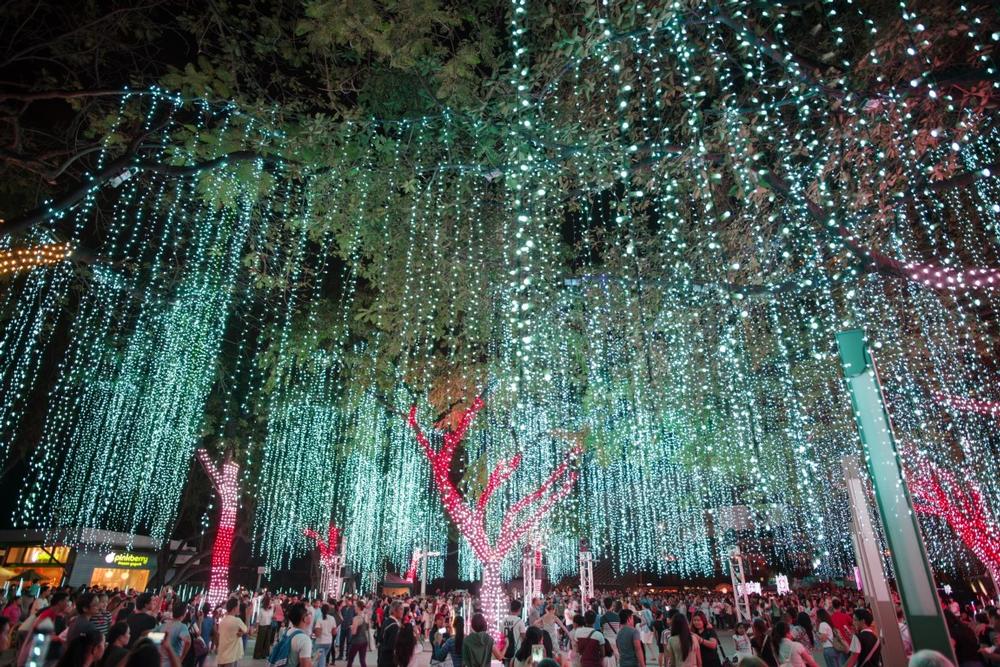
Ayala Triangle Gardens has evolved over the years from being the first landing strip in the Philippines to be the center of the business community, and now a calm and quiet haven that includes 20,000 square meters of landscaped park ground. The courtyard is open and surrounded by palm trees, rain trees, and other beautiful flora. Local art pieces are displayed throughout the courtyard making the Ayala Triangle Gardens a contemporary art oasis. The garden is open from 6 am to 10 pm daily. Pets are allowed but must be leashed at all times. There are also fourteen restaurants featured in the Ayala Triangle Gardens and eight spaces for public art. Other great attractions in the gardens include the Filipinas Heritage Library and several monuments to notable Filipino people, including Sultan Kudarat, Ninoy Aquino, and Gabriela Silang.
Paseo De Roxas St Cor Makati Ave, Cor Ayala Ave, Makati, 1209 Metro Manila, Philippines, Phone: +63-2-79-08-30-00
⮕ Batangas
Explore beautiful beaches or dive into rich marine sanctuaries.
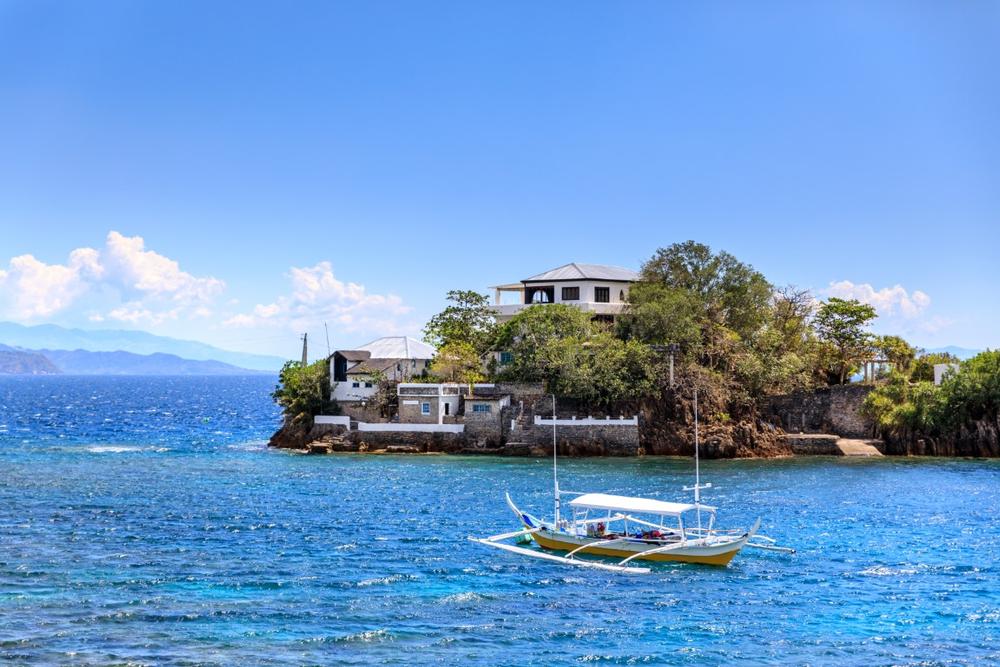
One of the most popular city getaways in the Philippines, just a few hours from Manila, is Batangas, on Luzon Island. Though on an island, Batangas is not known for its beaches like elsewhere in the Philippines, however, the marine life is extremely diverse and earns Batangas the name, “Center of the Center of Marine Biodiversity.” The province is famously known for Taal Lake and the fabulous diving offered in Anilao. The best time to visit Batangas is between November and April during the dry season. Many people visit from May to July, but the temperatures are remarkably high, as well as the humidity. Some popular attractions in Batangas include hiking at the Taal Volcano, swim in the crater lake, which is said to have healing properties, or visit the historic buildings and sites at the Taal Heritage Town.
⮕ Corregidor Island
Discover World War II ruins or take a historic guided tour.
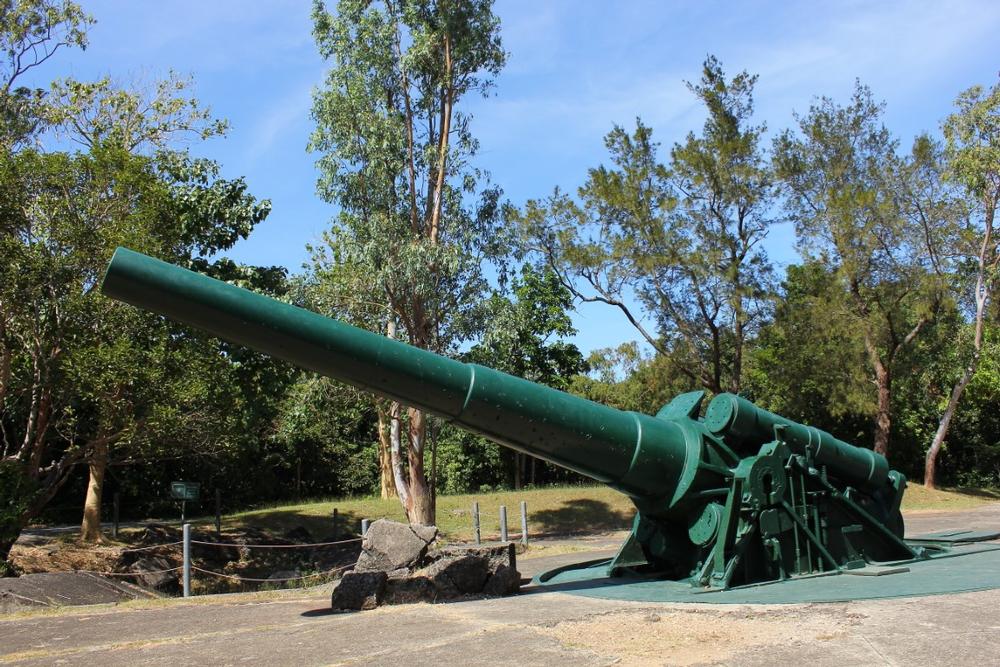
Corregidor Island is a historic small island where Americans fought with the Filipinos to protect the island from the Japanese in World War II. The island is one of the most important defensive sites for the capital of the Philippines, Manila, and unfortunately, the allied American and Filipino troops were not able to resist the Japanese in the end and Manila, and the bay, was captured. In 1945 however, the Philippines took Corregidor Island back, and no military action has happened since. The Corregidor Island still highlights evidence of wartime with the ruins of the World War II bases abandoned all across the island and buildings that were destroyed by the bombs and never cleared away. Some of these sites even still have guns and evidence of men living in the barracks. Visitors can only reach the island by private boat.
⮕ Daranak Falls
Swim in refreshing waters or hike through scenic forest trails.
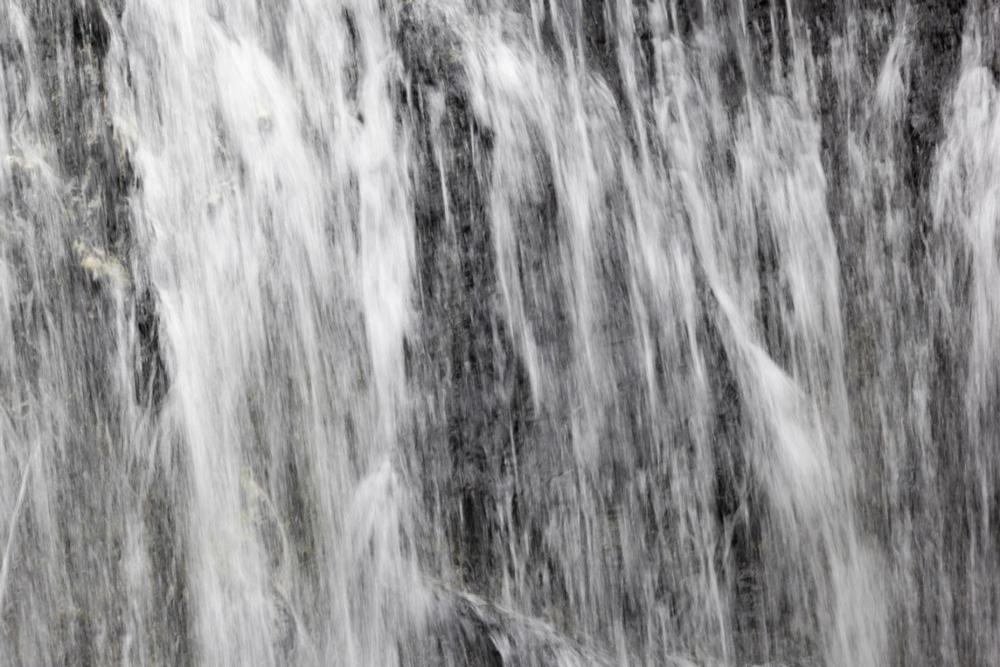
Visitors looking for a fun, outdoor day trip away from Manila will enjoy Tanay, Rizal, where they can visit the Daranak Falls. The province, just east of Manila, is a small town with several natural areas that have been developed for tourism, including the 14-meter high waterfalls. The crystal-clear water fills a 30-foot deep basin before flowing into a river that can be hiked along. The waterfalls are open from 8 am to 5 pm daily. Public transportation from Manila is available to Daranak Falls, and the area is often crowded in the summer and on weekends. No alcohol or pets are permitted at the park; however, visitors are allowed to swim in the basin. Local guides are also available to take people to Batlag Falls or Calinawan Cave nearby.
⮕ Enchanted Kingdom
Ride thrilling roller coasters or enjoy fun-filled attractions for kids.
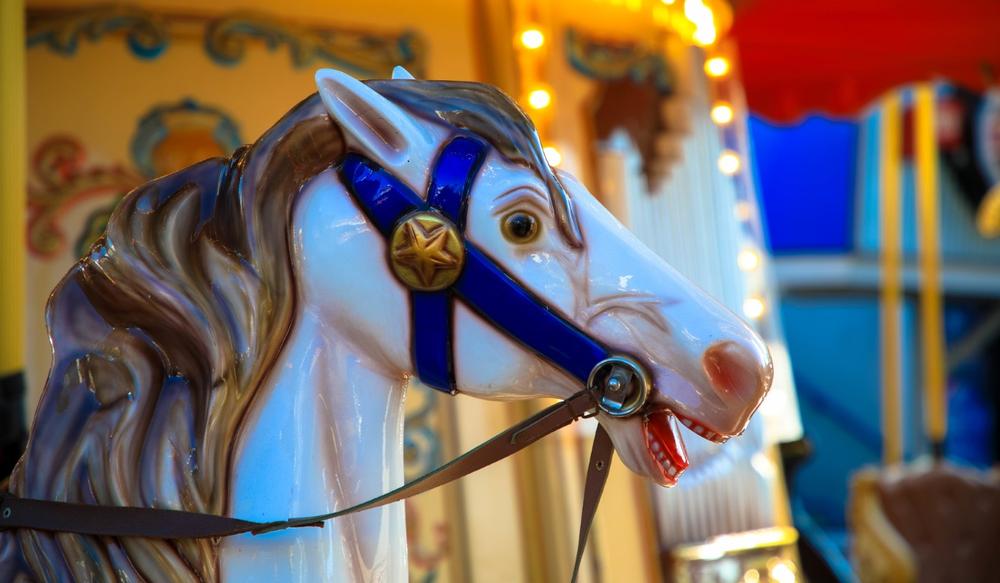
“The Magic Lives Forever” at The Enchanted Kingdom in Santa Rosa, Laguna, a theme park founded by Mario Mamon and his wife in 1995. A ten-year expansion of the park began in 2016 and sought to redevelop the theme park, add a water park, convention center, and lifestyle center, as well as several new theme park zones. The current seven zones at the park are Victoria Park, Brooklyn Place, Boulderville, Spaceport, Portabello, Jungle Outpost, and Midway Boardwalk. There are more than 20 rides with more planned in the expansion. The Enchanted Kingdom is not affiliated with any other brands, including Disney, and all characters are the creation of the owners and management, including the mascot, a wizard name Eldar the Wizard.
San Lorenzo South, City of Sta. Rosa, Laguna, Philippines 4026
Romantic Day Trips from Manila:
⮕ Fort Santiago
Walk along centuries-old walls or explore the life of José Rizal.
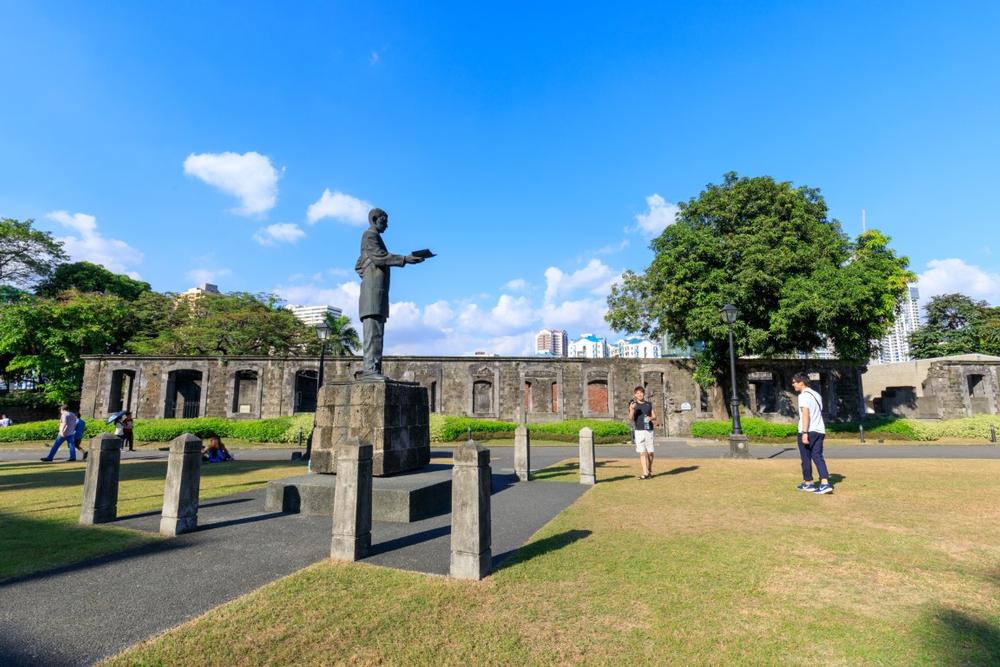
Within Intramuros, Fort Santiago is one of the most impressive structures of the walled city. The mighty fort was constructed in 1571 and is the oldest Spanish Fort is in the country though it was originally where a Muslim kingdom was settled before the Spaniards destroyed it. Fort Santiago served as a defense fortress along the spice trade routes. The Americans used the Fort as their headquarters in the Philippines during World War II but were turned into a prison by the Japanese who seized it. Today, the Philippine National Parks Development Committee manages Fort Santiago. Visitors can explore the grounds and ruins, including an on-site museum dedicated to the Philippine national hero, Dr. Jose Rizal, who was executed by the Japanese there. Fort Santiago is open daily, offers guided and self-guided tours, and is easily accessible by taxi.
Intramuros, Manila, 1002 Metro Manila, Philippines
⮕ Fortune Island
See Greek-style ruins or snorkel in crystal-clear waters.
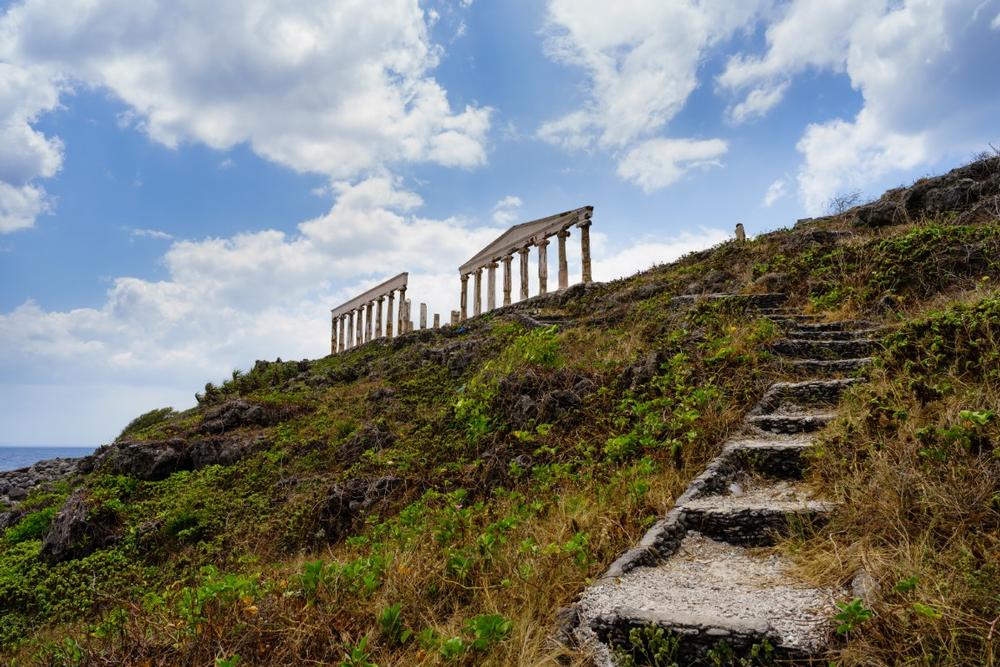
Fortune Island is an abandoned island in Batangas that was once a private luxury resort island. The resort closed in 2006 due to the lack of access to fresh drinking water and the cost of bringing fresh water into the resort. An acropolis stands on top of a limestone cliff on Fortune Island. The island is accessible via boat from Fortune Island Resort, which now operates from the mainland. Visitors will pay an entrance fee to the resort, as well as a boat rental fee to go to the quiet, secluded island. Visitors to the island swim at the white sand beaches or cliff dive into the deep, yet calm waters. A lighthouse is also found on the island and reachable by hiking thirty minutes from the beach. Snorkeling and scuba diving are also fun, popular activities. There are a few natural wonders under the water on Fortune Island include Blue Holes, which are made up of sinkholes, Dutch freighter wreckage, and the Fortune NW coral formation. Some visitors also camp on the island.
⮕ Hidden Valley Springs
Relax in natural hot springs or wander through lush tropical gardens.
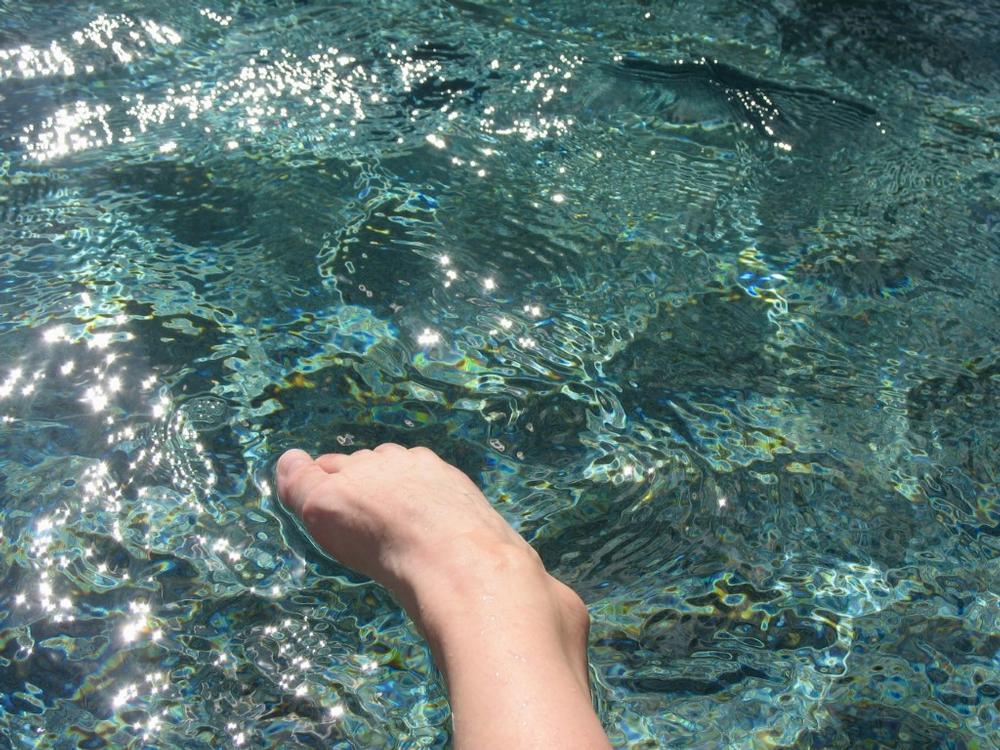
Tucked between two mountains in Laguna is a 110-acre tropical forest with natural springs called Hidden Valley Springs. The resort property features waterfalls and three spring pools in one of the most beautiful settings anyone could imagine. One of the pools is named Soda Pool because it tastes like a sugar-free sprite. The pools are surrounded by trees that are centuries old with paths that visitors can use to explore the forest. Wi-Fi and cell service is spotty at Hidden Valley Springs, but the resort’s goal is to be a relaxing oasis, away from the chaos of everyday life. The resort offers a buffet lunch or dinner for guests to enjoy in the dining hall each day.
Family Day Trips from Manila:
⮕ Malacanang Palace
Visit the historic seat of power or explore grand presidential collections.
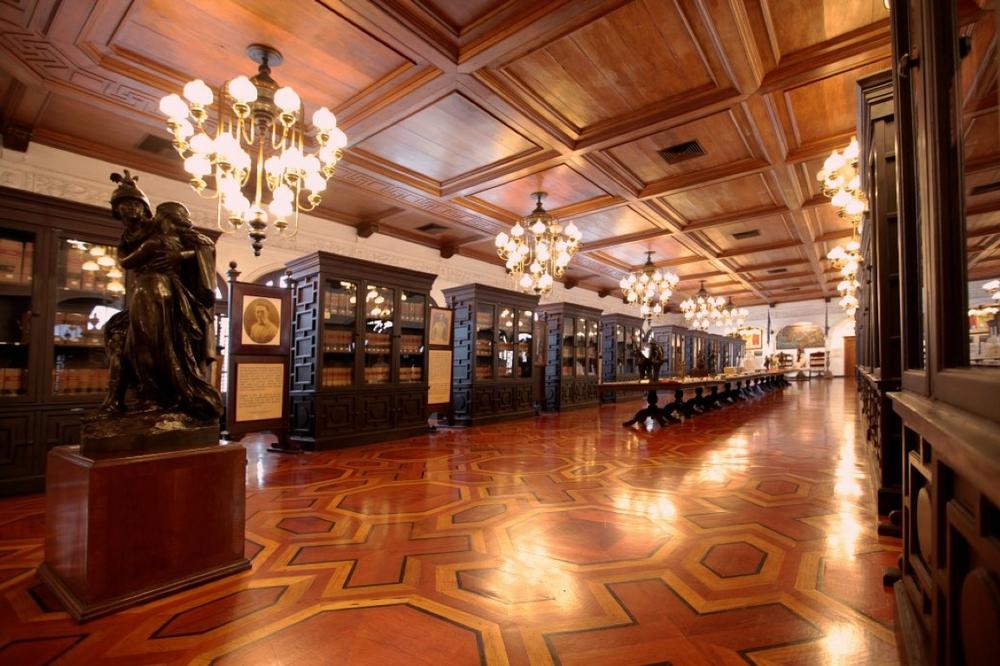
The Malacanang Palace is where the President of the Philippines lives and works. The Palace is found in San Miguel and is a sprawling campus with multiple mansions, offices, and meeting halls, all designed in a neoclassical style. The original palace was constructed in 1750 as a summer house for Don Luis Rocha and then bought by the state in 1825, was destroyed by earthquake in 1863 and has been enlarged and remodeled and refurnished numerous times while it has been used for eighteen Spanish Governors, Fourteen American Governors, and now the President of Philippines. The grounds are one of the few parks in Manila and are comprised of acacia trees more than a century old, tropical plants, and public gardens named Freedom Park.
Malacañan Palace, JP, Kalayaan Hall, 2/F Jose Laurel St, San Miguel, Manila, Metro Manila, Philippines, Phone: +63-2-87-36-46-62
⮕ Maungi Georeserve
Hike stunning limestone formations or walk along hanging bridges with breathtaking views.

There is a secret Sanctuary called the Maungi Georeserve in Baras Rizal. The reserve is 1,500 hectares of adventure for hikers, and thrill-seekers who can take guided tours at either 7:30 am or 1 pm daily. The 3-4 hour hike takes participants over rocky terrain, across rope bridges, into caves, amidst gorgeous tropical fauna to see sites such as limestone peaks, cave shelters, and even a web where you can lie high about the rocky reserve they dare and have a one-of-a-kind view of the Laguna de Bay. There are entrance fees to the Georeserve, but this fee includes a tour guide, helmet, and backpack rental, water, and a snack after the hike.
Plan Your Trip


